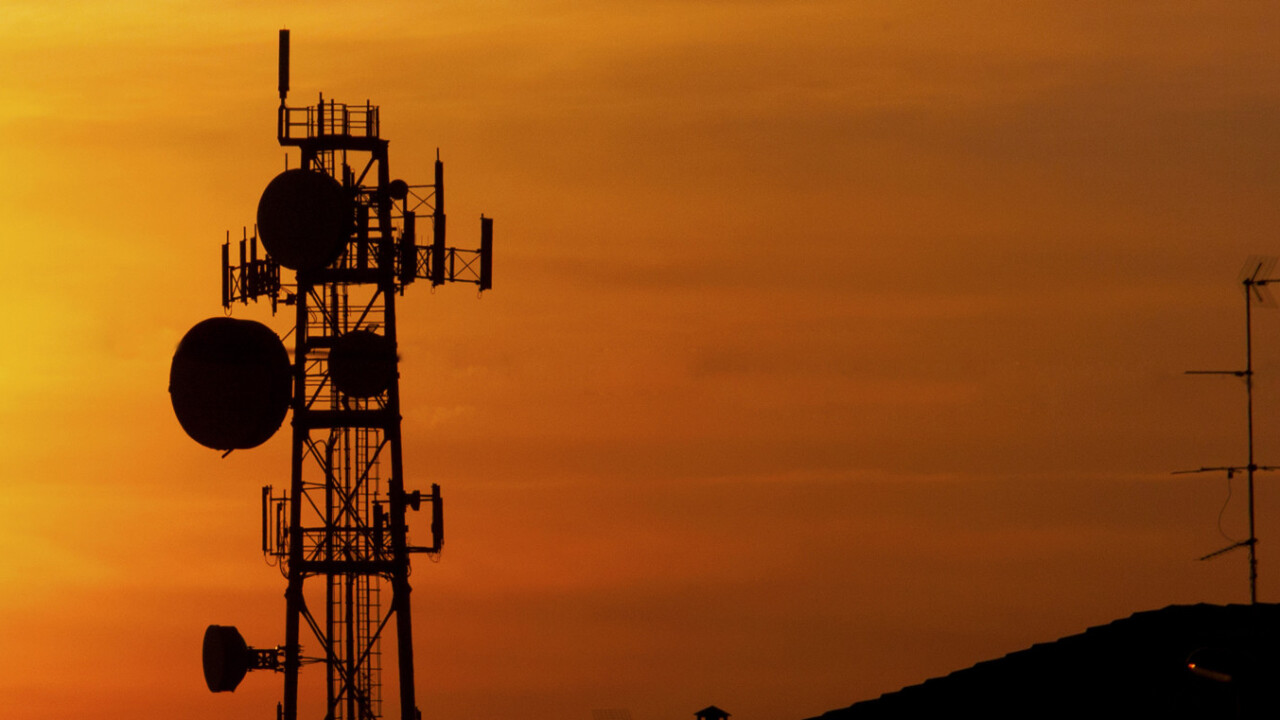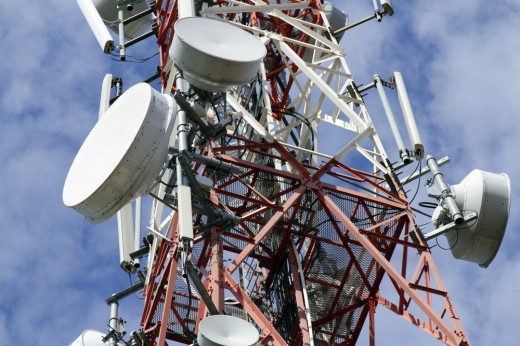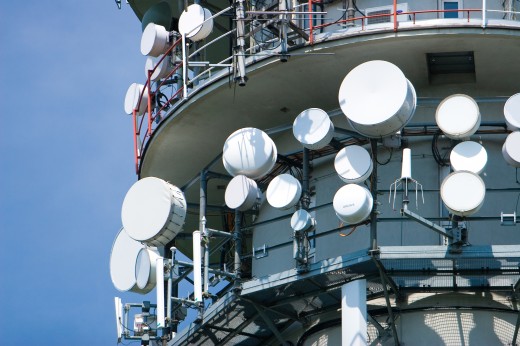
It is widely believed that while successful tech companies build good products, the real innovation comes from those that build new markets. A typical example of this would be Apple, which can take most of the credit for the mobile app and tablet markets as we know them today.
The most exciting thing about technology is that once in a while it makes possible something that we could not even imagine a year or two before, opening endless possibilities for both consumers and businesses. Starting with the invention of the electricity, to radio, to the Internet — every breakthrough of that magnitude lets us move beyond the reality as we knew it before.
Today, we might be standing on the verge of yet another Big Thing in technology, or so argues Irish entrepreneur Declan Ganley, founder of Rivada Networks and a man with more than 20 years of experience in things from selling aluminum from the USSR to building sophisticated telecommunication solutions for the US government. His big idea now is that radio spectrum bandwidth can become a commodity so that anyone would be able to buy a certain amount of bandwidth for a certain time period in a certain place.
For example, think of journalists needing to upload video from an event – they might not need that bandwidth all the time, but for short period they need a lot. More broadly, enterprising businesses could offer ‘pop-up’ high-capacity WiFi networks in area where demand suddenly, and temporarily, skyrockets.
Money-making spectrum
The idea of selling unused bandwidth came to Ganley back in 2005, when Rivada Networks was contracted by the US government to deploy communication systems for emergency services during the hurricanes Katrina and Rita. The police, ambulances and so on have to be able to communicate in emergency situations, but given that those don’t occur very often, the bandwidth allocated to them mostly stays unused.

Ten years ago those communication systems were based on the CDMA standard, which does not allow any kind of prioritization, but with LTE the idea of making bandwidth a tradable good became much more real.
“It would make sense to allow the dynamics of the market to be unleashed on the bandwidth and allow it to be priced based upon time, location, and amount consumed, and the competition of pricing,” Ganley explained.
“For example, an allocation of a certain amount of bandwidth of individual cell in a specific geography — let’s say, Wall Street — between the hours of 7.30am and 10am is going to be extremely valuable. Of course, at 4.15am in the same locations it may have much smaller value, so you’d be better off getting anything for it than having it remain unused.”
Since the idea hit him, Ganley had become an avid advocate of what he has dubbed Dynamic Spectrum Arbitrage-Tiered Priority Access (DSATPA). And rightly so, as this invention seems to have literally no drawbacks, allowing minor players to the communication markets to facilitate healthy competition, as well as giving public safety services a possibility to offset the costs of maintaining the communication infrastructure.
In 2012, Ganley’s effort paid off, and the US became the first country to allow the surplus of public safety bandwidth to be sold to other users.
“The enabling legislation from the US Congress that gave [a 20MHz band of the] spectrum to public safety services specified that they should allow sub-priority access to it and allow the spectrum to be used when they weren’t using it to generate revenue,” he said.
Reaching market equality
US public safety services will become the first to use DSATPA, while there’s also a chance that the country’s Department of Defense will do the same. American broadcasters, who also hold licenses for some radio spectrum, could join the club as well.
However, it’s obvious that the possible ways to use DSATPA go well beyond public safety services and other government entities. Although it might not happen in the next few years, it’s already easy to imagine the world where the whole radio spectrum bandwidth is commoditized, with certain emergency services and other important players like the army being able to have priority access when necessary.
This, as Ganley was arguing in an op-ed for the Irish Sunday Business Post, would be a better way to regulate the telecommunications market. With DSATPA, there would be no “monopolies” of spectrum license holders, i.e. major mobile operators, but a transparent auction system for the bandwidth taking place for any given time at any given geography.
“The bidders can be traditional carriers, new entrants, they could be the likes of Apple, or Google, or Starbucks, or Amazon, or Netflix… And doubtless there will be many new players and startups that will come into this space, and will start coming up with innovative ideas, services, and products to use commoditized bandwidth,” Ganley said.
Going global
Speaking about the prospects of DSATPA in different parts of the world, Ganley predicted that radio spectrum bandwidth will become a commodity in the US within three years, while in Europe this would take up to eight years. For that, the CEO of Rivada Networks, who lives in Europe himself, blames complicated regulatory procedures.
“I’d not anticipate any regulatory resistance to this because it ticks every box that a regulator needs to tick. It enhances competition, lowers the barrier to entry, and so on,” Ganley said, adding that “there are 28 regulators in Europe, that is 27 more than we need.”
A public debate about public safety services switching to LTE from older communication standards has already started in the UK, though how long it will take to make a decision on that is anyone’s guess.
Germany, in its turn, is building an old-school Tetra network for emergency services as we speak, which is exactly the type of network that their British colleagues want to abandon. Being a de-facto standard for this kind of communication for many years, Tetra does not allow the transfer of significant volumes of data, which nowadays could be a crucial disadvantage for public safety services. Important information on a patient transferred to a hospital while transporting him or her there could save lives. The same goes for the ability of the police to stream live video for analysis from crime scenes and special operations.
Another place where a debate is on about adopting DSATPA is India, while Ganley also pins his hopes on Eastern Europe.
“I have no doubt that you will see that bandwidth commoditization in Eastern Europe will drive innovation, and you’ll see some really interesting uses of commoditized bandwidth and new business models get developed in the places like Eastern Europe,” Ganley said.
The relatively slow adoption of LTE in Europe also makes Ganley cautious with forecasting the future of DSATPA on the Continent. However, the Irish entrepreneur is sure that sooner or later his invention, on which he received 10 patents so far (with more than 50 coming), will make its way all over the world, creating yet another market for others to work with.
Get the TNW newsletter
Get the most important tech news in your inbox each week.







